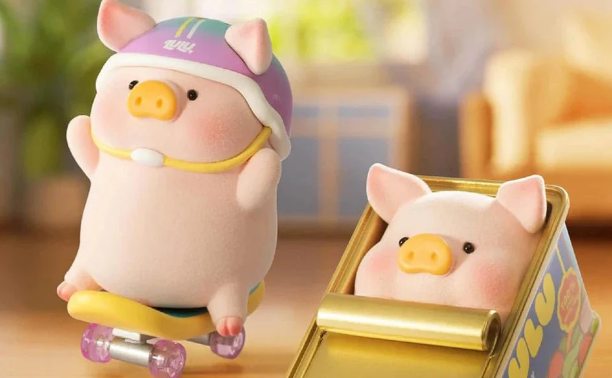

Our mission is simple: to lead people toward optimal health through natural chiropractic care.
Our approach to scoliosis focuses on providing personalized, effective, non-invasive treatment
- options designed to create stability, restore function, and strengthen the spine so that you can have
the health and life that you want. QA TEST QA testQA testQA testQA testQA testQA testQA test
Our approach to scoliosis focuses on providing personalized, effective, non-invasive
treatment options designed to create stability, restore function, and strengthen the spine so that you can have the health and life
that you want. QA TEST QA testQA testQA testQA testQA testQA testQA test
- QA testQA testQA testQA testQA testQA testQA testQA test
- Our approach to scoliosis focuses on providing personalized, effective, non-invasive
- treatment options designed to create stability, restore function, and strengthen the spine so that you can have the health and life
that you want. QA TEST
Chiropractic Care For Scoliosis In Singapore QA TEST
Scoliosis is the lateral curvature of the spine that occurs most commonly during a person's growth spurt, just before puberty. It is typically diagnosed in early childhood or adolescence. When viewed from the front or back, a normal spine appears straight. However, a patient suffering from scoliosis would have their spine (when viewed from either the front or the back) showing a mild to severe abnormal curve. QA TEST
Scoliosis is the lateral curvature of the spine that occurs most commonly during a person's growth spurt, just before puberty. It is typically diagnosed in early childhood or adolescence. When viewed from the front or back, a normal spine appears straight. However, a patient suffering from scoliosis would have their spine (when viewed from either the front or the back) showing a mild to severe abnormal curve. QA TEST
If not detected or addressed promptly, scoliosis could cause significant discomfort or pain, potentially affecting an individual's daily life. Seeking professional scoliosis treatment to manage scoliosis can help prevent the condition from worsening or developing into a severe case. QA TEST
Read More

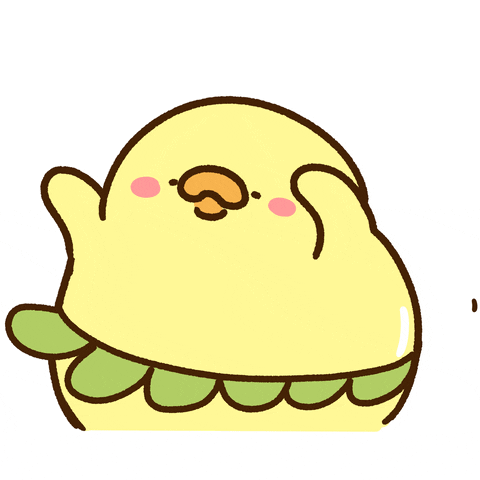
Causes of Scoliosis QA TEST
The causes of scoliosis can vary depending on the type of condition. Identifying the underlying cause is crucial, as it influences the treatment plan and overall prognosis. While idiopathic scoliosis has no clear cause, other types may stem from structural or functional issues. Chiropractic care plays an important role in managing scoliosis by addressing underlying biomechanical imbalances and improving spinal alignment. QA TEST
The causes of scoliosis can vary depending on the type of condition. Identifying the underlying cause is crucial, as it influences the treatment plan and overall prognosis. While idiopathic scoliosis has no clear cause, other types may stem from structural or functional issues. Chiropractic care plays an important role in managing scoliosis by addressing underlying biomechanical imbalances and improving spinal alignment. QA TEST
The causes of scoliosis can vary depending on the type of condition. Identifying the underlying cause is crucial, as it influences the treatment plan and overall prognosis. While idiopathic scoliosis has no clear cause, other types may stem from structural or functional issues. Chiropractic care plays an important role in managing scoliosis by addressing underlying biomechanical imbalances and improving spinal alignment. QA TEST
The causes of scoliosis can vary depending on the type of condition. Identifying the underlying cause is crucial, as it influences the treatment plan and overall prognosis. While idiopathic scoliosis has no clear cause, other types may stem from structural or functional issues. Chiropractic care plays an important role in managing scoliosis by addressing underlying biomechanical imbalances and improving spinal alignment. QA TEST
-
Idiopathic Scoliosis
ABC QA TEST
Idiopathic scoliosis is the most common form, especially among adolescents. Its cause is unknown, but it is believed to have a genetic component as it often runs in families. QA TEST
Idiopathic scoliosis is the most common form, especially among adolescents. Its cause is unknown, but it is believed to have a genetic component as it often runs in families. QA TESTIdiopathic scoliosis is the most common form, especially among adolescents. Its cause is unknown, but it is believed to have a genetic component as it often runs in families. QA TEST
Idiopathic scoliosis is the most common form, especially among adolescents. Its cause is unknown, but it is believed to have a genetic component as it often runs in families. QA TEST
Idiopathic scoliosis is the most common form, especially among adolescents. Its cause is unknown, but it is believed to have a genetic component as it often runs in families. QA TEST
Idiopathic scoliosis is the most common form, especially among adolescents. Its cause is unknown, but it is believed to have a genetic component as it often runs in families. QA TEST -
Neuromuscular and Congenital Scoliosis QA TEST
These types of structural scoliosis can result from neuromuscular conditions like cerebral palsy or muscular dystrophy, as well as congenital anomalies that affect spinal development before birth. QA TEST
-
Degenerative Scoliosis QA TEST
Often occurring in adults, degenerative scoliosis is caused by age-related changes in the spine, such as disc degeneration or osteoporosis, leading to spinal curvature over time. QA TEST
-
Non-Structural (Functional) Scoliosis QA TEST
Non-structural scoliosis is usually temporary and caused by factors like muscle spasms, poor posture, or differences in leg length. Unlike structural scoliosis, the spine remains physically normal and the curve may resolve when the underlying issue is treated. QA TEST
Symptoms Of Scoliosis QA TEST
Aside from the physically visible curvature of the spine, scoliosis may present with other symptoms, such as: QA TEST
Types Of Scoliosis QA TEST
Scoliosis is the lateral curvature of the spine that occurs most commonly during a person's growth spurt, just before puberty. It is typically diagnosed in early childhood or adolescence. When viewed from the front or back, a normal spine appears straight. However, a patient suffering from scoliosis would have their spine (when viewed from either the front or the back) showing a mild to severe abnormal curve. QA TEST
Scoliosis is the lateral curvature of the spine that occurs most commonly during a person's growth spurt, just before puberty. It is typically diagnosed in early childhood or adolescence. When viewed from the front or back, a normal spine appears straight. However, a patient suffering from scoliosis would have their spine (when viewed from either the front or the back) showing a mild to severe abnormal curve. QA TEST
Scoliosis is the lateral curvature of the spine that occurs most commonly during a person's growth spurt, just before puberty. It is typically diagnosed in early childhood or adolescence. When viewed from the front or back, a normal spine appears straight. However, a patient suffering from scoliosis would have their spine (when viewed from either the front or the back) showing a mild to severe abnormal curve. QA TEST
Scoliosis presents in different forms, each with its own causes and characteristics. Understanding the types below can help determine the most appropriate care and treatment approach. QA TESTScoliosis is the lateral curvature of the spine that occurs most commonly during a person's growth spurt, just before puberty. It is typically diagnosed in early childhood or adolescence. When viewed from the front or back, a normal spine appears straight. However, a patient suffering from scoliosis would have their spine (when viewed from either the front or the back) showing a mild to severe abnormal curve. QA TEST
Scoliosis is the lateral curvature of the spine that occurs most commonly during a person's growth spurt, just before puberty. It is typically diagnosed in early childhood or adolescence. When viewed from the front or back, a normal spine appears straight. However, a patient suffering from scoliosis would have their spine (when viewed from either the front or the back) showing a mild to severe abnormal curve. QA TEST
Scoliosis is the lateral curvature of the spine that occurs most commonly during a person's growth spurt, just before puberty. It is typically diagnosed in early childhood or adolescence. When viewed from the front or back, a normal spine appears straight. However, a patient suffering from scoliosis would have their spine (when viewed from either the front or the back) showing a mild to severe abnormal curve. QA TEST
Non-structural Scoliosis QA TEST
Scoliosis is the lateral curvature of the spine that occurs most commonly during a person's growth spurt, just before puberty. It is typically diagnosed in early childhood or adolescence. When viewed from the front or back, a normal spine appears straight. However, a patient suffering from scoliosis would have their spine (when viewed from either the front or the back) showing a mild to severe abnormal curve. QA TEST
Scoliosis is the lateral curvature of the spine that occurs most commonly during a person's growth spurt, just before puberty. It is typically diagnosed in early childhood or adolescence. When viewed from the front or back, a normal spine appears straight. However, a patient suffering from scoliosis would have their spine (when viewed from either the front or the back) showing a mild to severe abnormal curve. QA TEST
Scoliosis is the lateral curvature of the spine that occurs most commonly during a person's growth spurt, just before puberty. It is typically diagnosed in early childhood or adolescence. When viewed from the front or back, a normal spine appears straight. However, a patient suffering from scoliosis would have their spine (when viewed from either the front or the back) showing a mild to severe abnormal curve. QA TEST
Non-structural scoliosis involves a temporary curvature of the spine that appears straight when the underlying cause is addressed. This type might result from conditions like unequal leg length or muscle spasms but does not involve permanent spinal deformation. QA TEST
Scoliosis is the lateral curvature of the spine that occurs most commonly during a person's growth spurt, just before puberty. It is typically diagnosed in early childhood or adolescence. When viewed from the front or back, a normal spine appears straight. However, a patient suffering from scoliosis would have their spine (when viewed from either the front or the back) showing a mild to severe abnormal curve. QA TEST
Scoliosis is the lateral curvature of the spine that occurs most commonly during a person's growth spurt, just before puberty. It is typically diagnosed in early childhood or adolescence. When viewed from the front or back, a normal spine appears straight. However, a patient suffering from scoliosis would have their spine (when viewed from either the front or the back) showing a mild to severe abnormal curve. QA TEST
Structural Scoliosis QA TEST
Structural scoliosis involves a permanent curvature of the spine that can be due to a variety of factors, including genetic conditions or developmental issues. Unlike other types of scoliosis, this curvature persists even when the person is lying down. There are four types of structural scoliosis: QA TEST
Idiopathic Scoliosis QA TEST
This is the most common form of structural scoliosis, where the exact cause is unknown, though it is often thought to be hereditary. This condition usually becomes apparent during adolescence, although signs can sometimes emerge earlier during childhood. QA TEST
Congenital Scoliosis QA TEST
Caused by a spinal malformation present at birth, this rare form involves bones that are either partially formed or missing. QA TEST
Neuromuscular Scoliosis QA TEST
Also known as myopathic scoliosis, this variant is commonly associated with conditions like cerebral palsy or muscular dystrophy, and develops due to abnormal muscle or nerve conditions.
Degenerative Scoliosis QA TEST
This type generally occurs later in life due to the gradual deterioration of the spinal discs and joints. QA TEST
How Common Is Scoliosis In Singapore QA TEST
Scoliosis is a relatively common condition in Singapore, affecting approximately 2% of the population. This condition is reported to impact children across all races, with a higher prevalence in girls compared to boys, at a ratio of 7 to 1. In fact, according to the National University Hospital of Singapore, at the ages of 11-12 and 13-14 years, the prevalence of adolescent idiopathic scoliosis in schoolgirls in Singapore is 1.4% and 2.2%, respectively. QA TEST
Scoliosis is a relatively common condition in Singapore, affecting approximately 2% of the population. This condition is reported to impact children across all races, with a higher prevalence in girls compared to boys, at a ratio of 7 to 1. In fact, according to the National University Hospital of Singapore, at the ages of 11-12 and 13-14 years, the prevalence of adolescent idiopathic scoliosis in schoolgirls in Singapore is 1.4% and 2.2%, respectively. QA TEST
Scoliosis is a relatively common condition in Singapore, affecting approximately 2% of the population. This condition is reported to impact children across all races, with a higher prevalence in girls compared to boys, at a ratio of 7 to 1. In fact, according to the National University Hospital of Singapore, at the ages of 11-12 and 13-14 years, the prevalence of adolescent idiopathic scoliosis in schoolgirls in Singapore is 1.4% and 2.2%, respectively. QA TEST
Scoliosis is a relatively common condition in Singapore, affecting approximately 2% of the population. This condition is reported to impact children across all races, with a higher prevalence in girls compared to boys, at a ratio of 7 to 1. In fact, according to the National University Hospital of Singapore, at the ages of 11-12 and 13-14 years, the prevalence of adolescent idiopathic scoliosis in schoolgirls in Singapore is 1.4% and 2.2%, respectively. QA TEST
Scoliosis is a relatively common condition in Singapore, affecting approximately 2% of the population. This condition is reported to impact children across all races, with a higher prevalence in girls compared to boys, at a ratio of 7 to 1. In fact, according to the National University Hospital of Singapore, at the ages of 11-12 and 13-14 years, the prevalence of adolescent idiopathic scoliosis in schoolgirls in Singapore is 1.4% and 2.2%, respectively. QA TEST
This highlights the importance of early detection, particularly during adolescence when the condition is most likely to develop. Furthermore, early detection and prompt intervention and management may prevent the development of severe spinal deformities that could require invasive treatments, such as surgery.
Therefore, if you suspect you or your child or loved one may have scoliosis, it is advisable to seek therapeutic services from reputable healthcare providers in Singapore. QA TEST
Read More


Can A Chiropractor Fix Scoliosis? QA TEST
Chiropractic care does not provide a cure for scoliosis but is effective in managing its symptoms and potentially slowing its progression by enhancing spinal function and overall mobility. By aligning the spine and alleviating stress on the nervous system, scoliosis chiropractors help patients maintain more natural movements and reduce pain. QA TEST
Therefore, for those exploring scoliosis treatment options without surgery and are wondering if visiting a chiropractor can do any good for the condition, chiropractic care is an option worth considering. It focuses on therapeutic techniques that can stabilise and maintain spinal alignment without invasive procedures.QA TEST
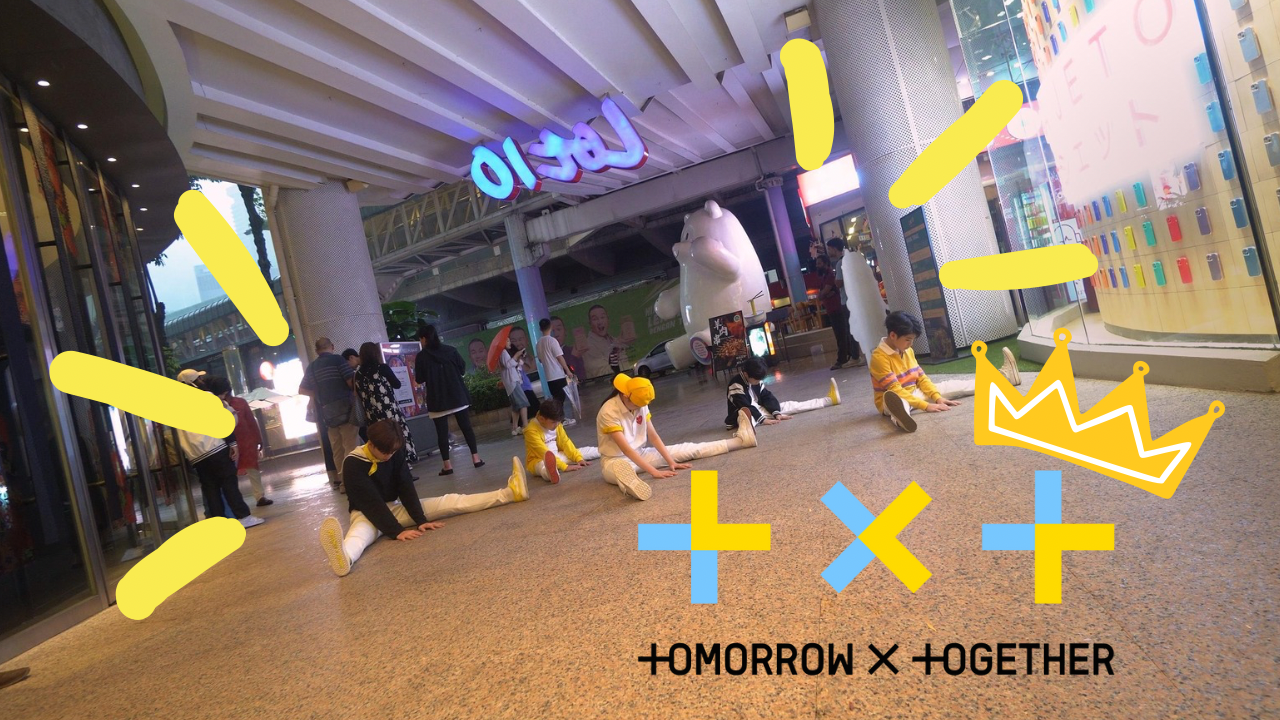

Cases of Scoliosis Treatment in Singapore QA TEST
Case 1 QA TEST long text long text long text long text long text long text long text long text long text long text long text long text long text long text long text long text long text long text long text long text long text long text long text long text

Case 2 QA TEST

Case 3 QA TEST

Case 4 QA TEST

Case 5 QA TEST

Non-invasive Approaches For Scoliosis Management QA TEST
Scoliosis is a progressive medical condition that has no known cure yet. However, patients with scoliosis can try holistic approaches, such as chiropractic care, that may manage its progression.
Chiropractic care may provide individuals with scoliosis with a way to find some level of relief from the chronic pain they are experiencing due to their spinal condition. For patients who prefer a non-invasive method of addressing their scoliosis, chiropractic care could be a viable choice. With chiropractic care for scoliosis, patients could find a way to address their spinal misalignment. QA TEST
Scoliosis therapy varies and may depend on the patient's age and spinal condition. A common scoliosis treatment without surgery among our Singaporean patients is spinal manipulation. This is when a chiropractor performs a series of techniques with the aim of improving spinal curvature and managing chronic pain. QA TEST
Spinal decompression is another non-invasive option for managing scoliosis. It uses a decompression table that gently elongates the spine in increments. This method aims to put the spinal disc back into shape in order to potentially provide relief and pain management. QA TEST
Patients may also be advised to wear a customised bracing system that promotes better posture and supports spinal alignment. Bracing is commonly used for scoliosis management to potentially prevent further progression, especially in children and adolescents who are still growing. QA TEST
When it comes to scoliosis, chiropractors in Singapore adopt a holistic approach to provide the necessary care for their patients. One therapy session may not be enough to address the condition. Hence, chiropractors create a personalised scoliosis plan that involves various techniques and necessary lifestyle changes, including stretching exercises, staying active, maintaining a healthier diet, and regular appointments in order to manage the condition. QA TEST
Read More

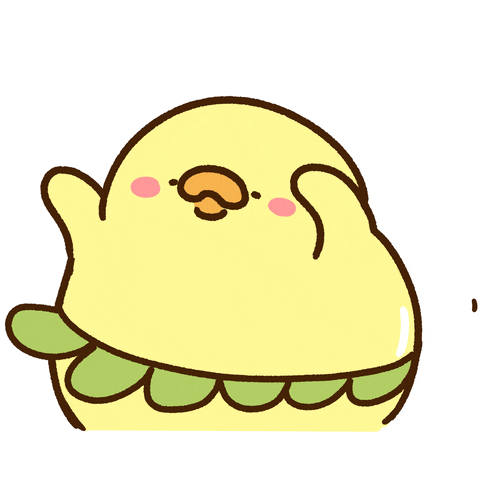
The Importance Of Addressing Scoliosis QA TEST
Scoliosis treatment in Singapore typically involves a multidisciplinary approach that depends on the severity of the condition. Therapy options range from observation and monitoring for mild cases to bracing and surgery for more severe cases. In addition, non-invasive therapy options such as chiropractic care and physiotherapy can also be leveraged to manage scoliosis and its associated symptoms, such as back pain. QA TEST
However, managing scoliosis can be challenging due to several factors. QA TEST
Scoliosis treatment in Singapore typically involves a multidisciplinary approach that depends on the severity of the condition. Therapy options range from observation and monitoring for mild cases to bracing and surgery for more severe cases. In addition, non-invasive therapy options such as chiropractic care and physiotherapy can also be leveraged to manage scoliosis and its associated symptoms, such as back pain. QA TEST
However, managing scoliosis can be challenging due to several factors. QA TEST
However, managing scoliosis can be challenging due to several factors. QA TEST
Scoliosis treatment in Singapore typically involves a multidisciplinary approach that depends on the severity of the condition. Therapy options range from observation and monitoring for mild cases to bracing and surgery for more severe cases. In addition, non-invasive therapy options such as chiropractic care and physiotherapy can also be leveraged to manage scoliosis and its associated symptoms, such as back pain. QA TEST
However, managing scoliosis can be challenging due to several factors. QA TEST
Firstly, scoliosis is a complex condition that requires a personalised support plan. The severity and progression of this disease can vary significantly between individuals, and therapy options must be tailored to the individual's specific needs. QA TEST
Secondly, for certain individuals, scoliosis may be a chronic condition that requires long-term management. As such, it can be a challenge for the healthcare professional and the individual with scoliosis, as it requires ongoing monitoring and adjustments to the various therapies leveraged. QA TEST
Furthermore, the psychological impact of scoliosis, particularly in adolescents who are more self-conscious about their appearance, cannot be underestimated. According to a study published in the National Library of Medicine, scoliosis puts adolescents at a higher risk of developing psychosocial issues and health-compromising behaviour. These emotional and psychological aspects necessitate a supportive approach that goes beyond physical therapies, emphasising the importance of mental health care as part of the overall management strategy for children and teenagers with scoliosis. QA TEST
Scoliosis treatment in Singapore typically involves a multidisciplinary approach that depends on the severity of the condition. Therapy options range from observation and monitoring for mild cases to bracing and surgery for more severe cases. In addition, non-invasive therapy options such as chiropractic care and physiotherapy can also be leveraged to manage scoliosis and its associated symptoms, such as back pain. QA TEST
However, managing scoliosis can be challenging due to several factors. QA TEST
Addressing these challenges requires an integrative approach, with healthcare professionals working together to develop a comprehensive plan that addresses the individual's physical, emotional, and social needs. Seeking treatment early on could improve the quality of life by managing symptoms, possibly preventing further progression of the curvature, and enhancing overall physical health. Moreover, comprehensive care fosters a supportive environment that encourages individuals to adopt a positive outlook towards their condition, enabling them to lead active and fulfilling lives despite the challenges posed by scoliosis. QA TEST
Treatment Options For Scoliosis QA TEST
Scoliosis correction refers to reducing the spine's curvature associated with scoliosis. The degree of correction required will depend on the severity, with mild cases possibly requiring less correction than severe cases. This can be achieved through various therapy modalities, including: QA TEST
Scoliosis correction refers to reducing the spine's curvature associated with scoliosis. The degree of correction required will depend on the severity, with mild cases possibly requiring less correction than severe cases. This can be achieved through various therapy modalities, including: QA TEST
Scoliosis correction refers to reducing the spine's curvature associated with scoliosis. The degree of correction required will depend on the severity, with mild cases possibly requiring less correction than severe cases. This can be achieved through various therapy modalities, including: QA TEST
Scoliosis correction refers to reducing the spine's curvature associated with scoliosis. The degree of correction required will depend on the severity, with mild cases possibly requiring less correction than severe cases. This can be achieved through various therapy modalities, including: QA TEST
Scoliosis correction refers to reducing the spine's curvature associated with scoliosis. The degree of correction required will depend on the severity, with mild cases possibly requiring less correction than severe cases. This can be achieved through various therapy modalities, including: QA TEST
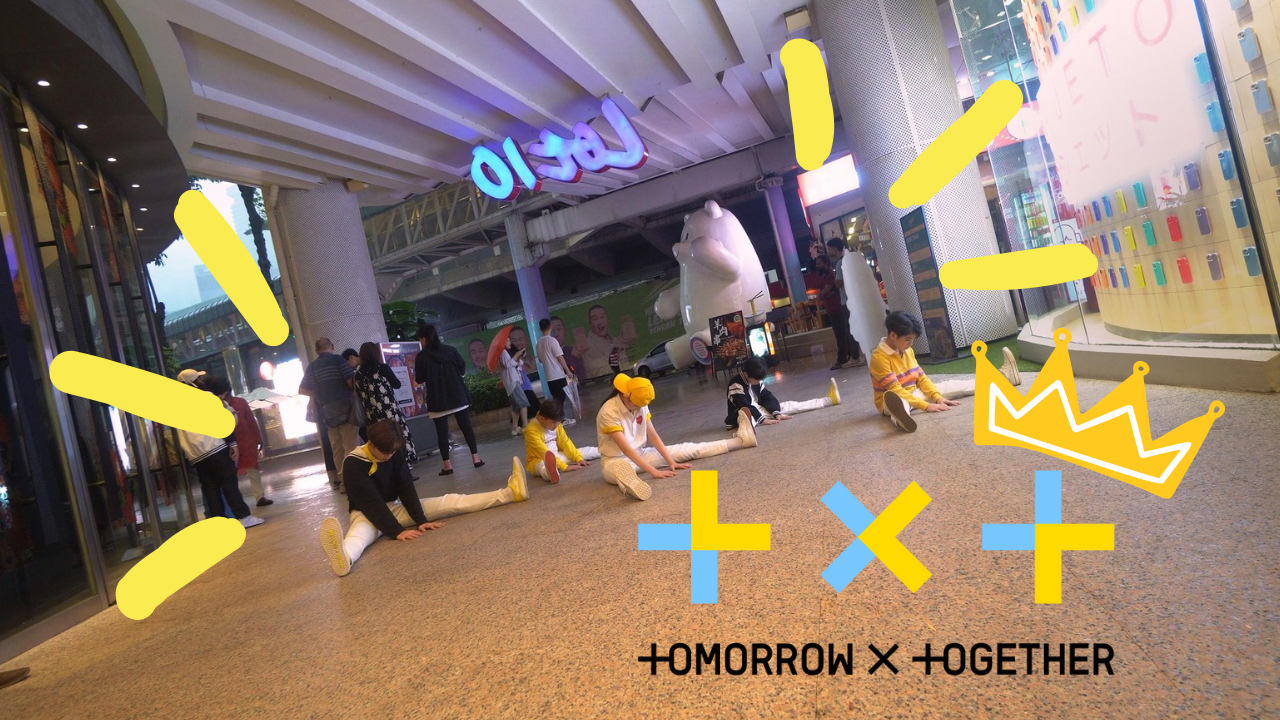
Spinal Manipulation
Scoliosis correction refers to reducing the spine's curvature associated with scoliosis. The degree of correction required will depend on the severity, with mild cases possibly requiring less correction than severe cases. This can be achieved through various therapy modalities, including: QA TEST
Scoliosis correction refers to reducing the spine's curvature associated with scoliosis. The degree of correction required will depend on the severity, with mild cases possibly requiring less correction than severe cases. This can be achieved through various therapy modalities, including: QA TEST
Spinal manipulation is a core component of chiropractic for scoliosis management. By applying pressure to the misaligned vertebrae, chiropractors aim to enhance joint functionality and improve nerve transmission. QA TEST
Scoliosis correction refers to reducing the spine's curvature associated with scoliosis. The degree of correction required will depend on the severity, with mild cases possibly requiring less correction than severe cases. This can be achieved through various therapy modalities, including: QA TEST
Scoliosis correction refers to reducing the spine's curvature associated with scoliosis. The degree of correction required will depend on the severity, with mild cases possibly requiring less correction than severe cases. This can be achieved through various therapy modalities, including: QA TEST
Chiropractic care could help reduce the intensity and frequency of your back pain caused by a slipped disc. QA TEST
Scoliosis correction refers to reducing the spine's curvature associated with scoliosis. The degree of correction required will depend on the severity, with mild cases possibly requiring less correction than severe cases. This can be achieved through various therapy modalities, including: QA TEST
Scoliosis correction refers to reducing the spine's curvature associated with scoliosis. The degree of correction required will depend on the severity, with mild cases possibly requiring less correction than severe cases. This can be achieved through various therapy modalities, including: QA TEST

Spinal Decompression QA TEST
Spinal decompression therapy involves gently stretching the spine, which can alter the force and position of the spine. This change takes the pressure off the spinal disks, which are gel-like cushions between the bones in your spine, by creating negative pressure in the disc. As a result, bulging or herniated disks may retract, taking pressure off nerves and other structures in your spine. QA TEST
Chiropractic care has the potential to support the proper alignment and mobility of your spine, possibly enabling you to increase your range of motion and flexibility. QA TEST
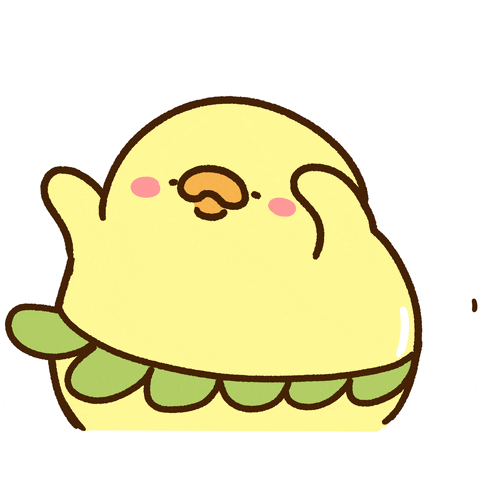
Therapeutic Exercises QA TEST
Therapeutic exercises are recommended based on the individual's specific needs, focusing on strengthening the muscles that support the spine. These exercises not only help to support the structural integrity of the spine but also manage the symptoms of scoliosis. Regular guided exercise by a chiropractor can improve flexibility, increase muscle strength, and enhance spinal alignment. QA TEST
Chiropractic care and soft tissue therapies may help in reducing inflammation in the affected area. QA TEST

Posture Correction QA TEST
Posture correction therapy involves training the body to maintain the optimal alignment of the spine during both static (standing, sitting) and dynamic (moving, walking) activities. After a postural assessment, the chiropractor may provide guidance on proper posture techniques, which can help minimise stress on the spine and address the symptoms of scoliosis. QA TEST
If you want a non-invasive and drug-free approach to address your slipped disc, chiropractic care may be a suitable option for you. QA TEST
Research Supporting Chiropractic Care QA TEST
Studies have demonstrated the efficacy of chiropractic care in managing scoliosis-related symptoms. A study published in the Journal of Chiropractic Medicine highlighted significant pain reduction and improved functionality in scoliosis patients undergoing chiropractic adjustments. QA TEST

 Why Choose True Chiropractic? QA TEST
Why Choose True Chiropractic? QA TEST
Opting for chiropractic care for scoliosis presents a non-invasive, and holistic route to complement existing management and treatment methods. Here's why one might consider seeking chiropractic therapies: QA TEST

Personalised Therapy Plans QA TEST
Understanding that scoliosis manifests differently across individuals, chiropractors evaluate each person's spinal curvature and symptoms to recommend therapies suited for them. QA TEST

Non-Invasive Therapies /QA TEST
Chiropractic care to manage scoliosis may include various non-surgical therapies aimed at potentially supporting spinal alignment and mobility while mitigating the further aggravation of symptoms brought forth by the condition. Techniques such as soft tissue therapy and specialised exercises may aid in addressing discomfort. QA TEST

Holistic Approach QA TEST
Chiropractic therapies may embrace a holistic philosophy, incorporating lifestyle guidance and rehabilitative exercises. This comprehensive care model encourages active patient participation in health management, promoting overall physical fitness and well-being. QA TEST

Support for Long-Term Well-being QA TEST
Chiropractic care for managing scoliosis is also focused on long-term health and prevention. Rather than just addressing symptoms, chiropractors aim to help with postural and spinal health. This proactive approach may help reduce the likelihood of future complications related to scoliosis and supports the patient's overall well-being. QA TEST
In essence, chiropractic care for scoliosis combines the benefits of customised, non-invasive therapies with a holistic perspective on health. It aims to address the physical aspects of the condition while also promoting a supportive environment for overall health improvement. QA TEST
Read More

 Explore Scoliosis Therapy Options QA TEST
Explore Scoliosis Therapy Options QA TEST
Are you searching for non-invasive curved back therapy options to manage chronic back pain due to scoliosis? A Singapore-based chiropractic clinic with experience in postural assessment may help address the pain and discomfort related to your spinal condition. It is recommended to speak to a reputable chiropractor who will listen to your concerns and tailor their therapeutic approaches to your individual needs and health goals. QA TEST
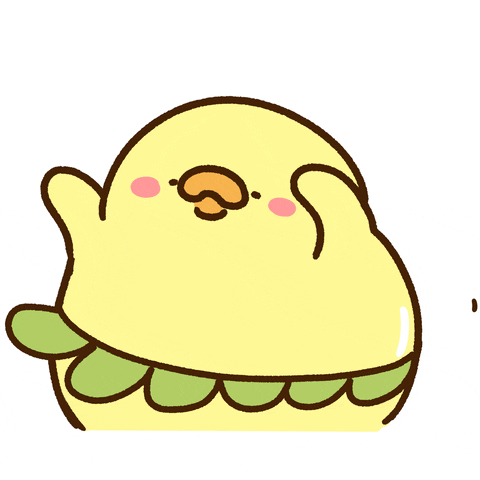
Testimonials
Testimonials
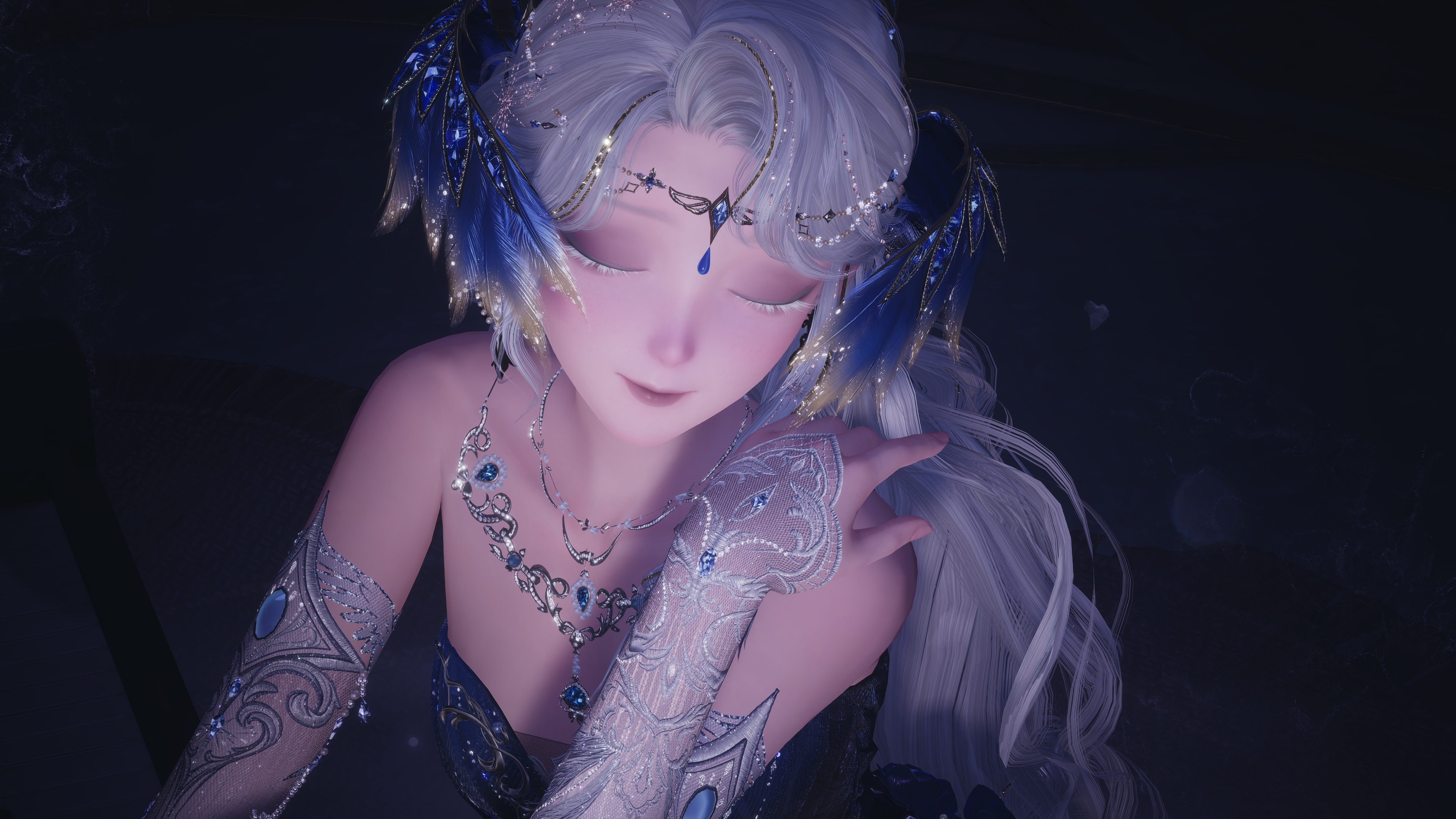
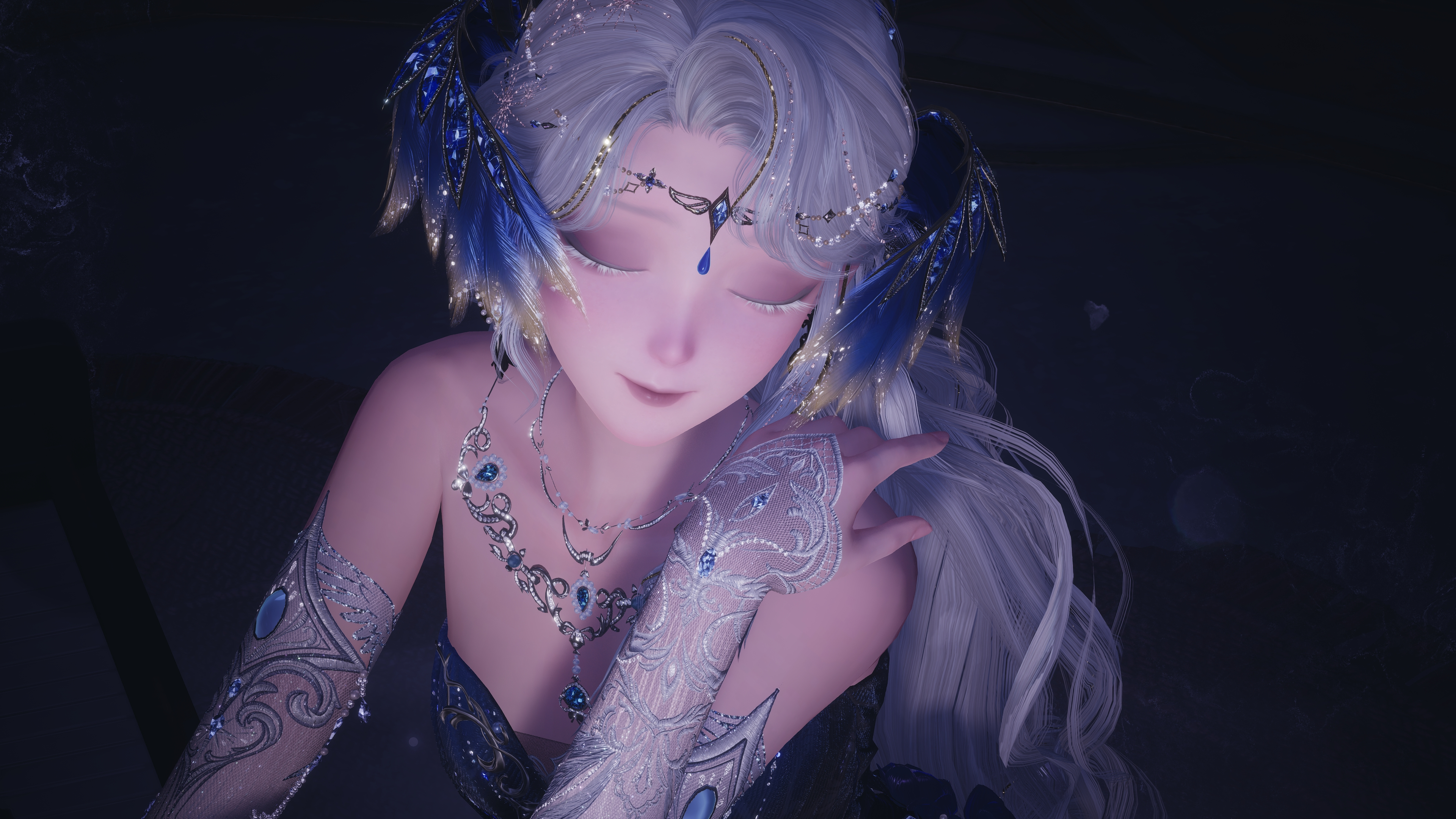
Our Locations QA TEST
Get in touch
Feel free to contact us through any of the following channels to schedule an appointment or enquire about our services and will be get back to you within 3 working days.
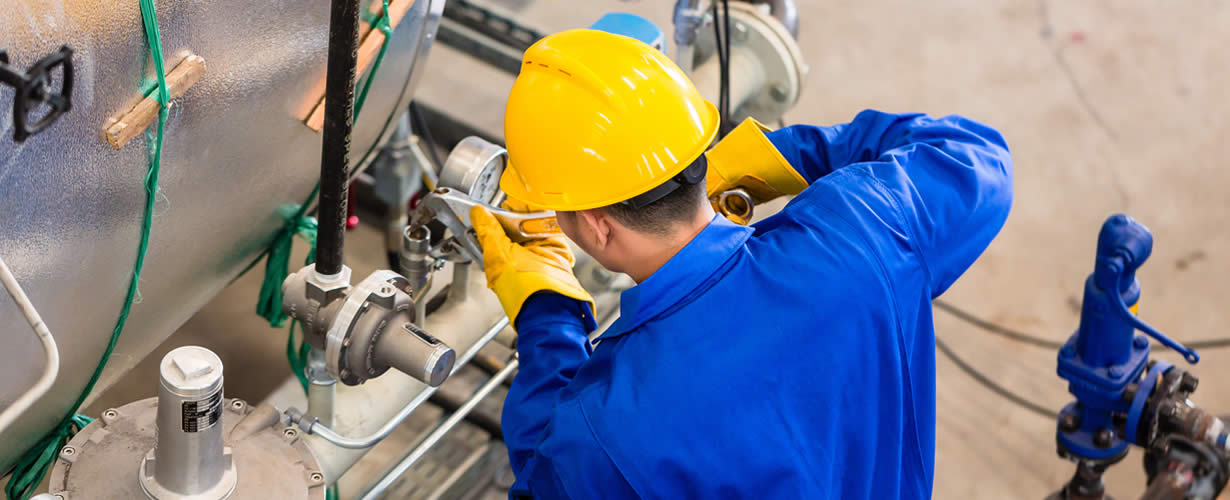
Email QA TEST
Enquiry@truechiropractic.com.sg

Call us
6747 6165 QA TEST
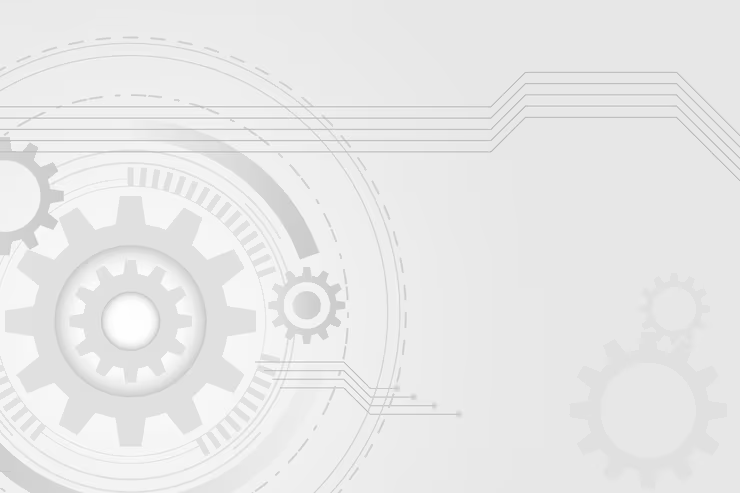
WhatsApp us QA TEST
8180 8960 QA TEST

×


Opening Hours
Bus Service








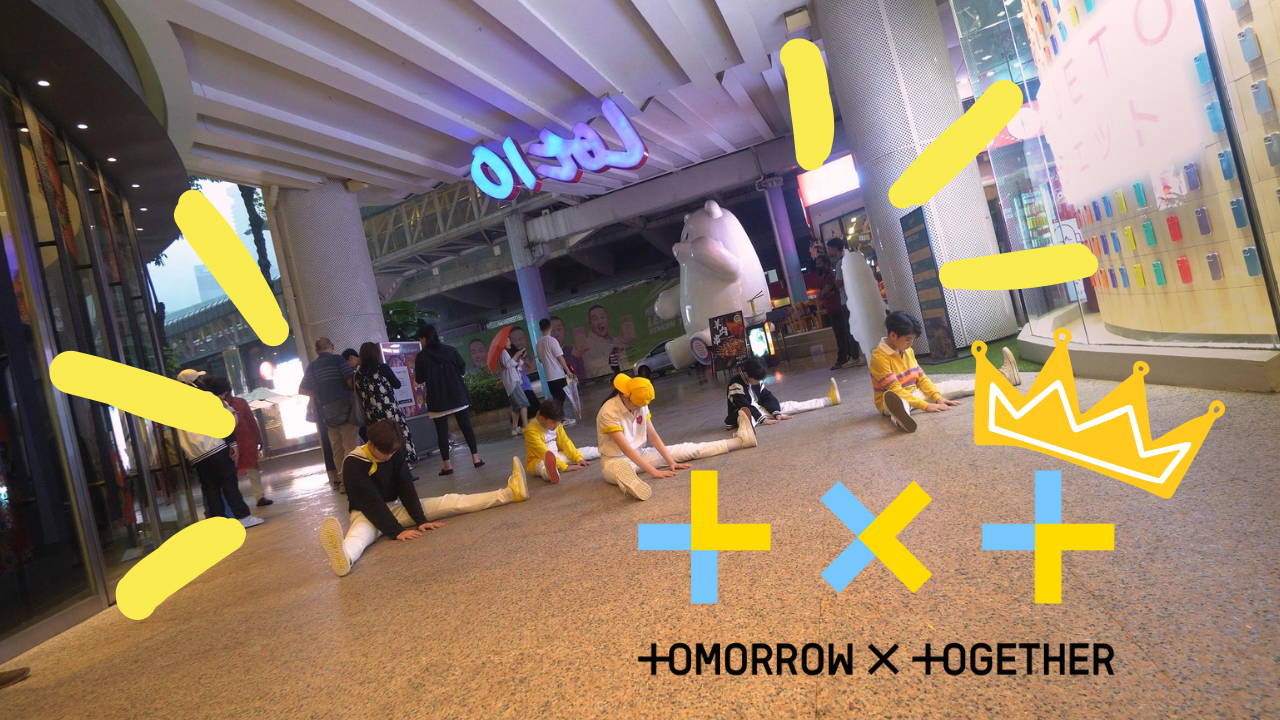
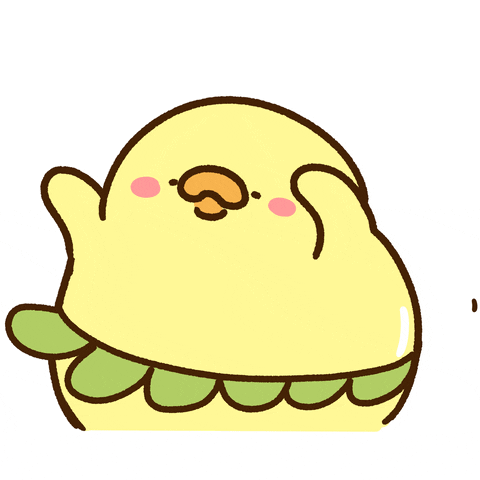
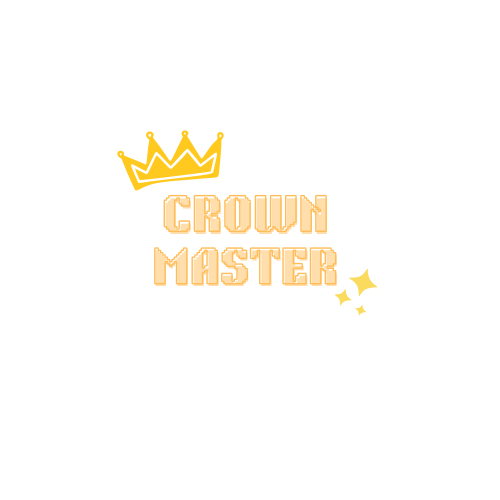
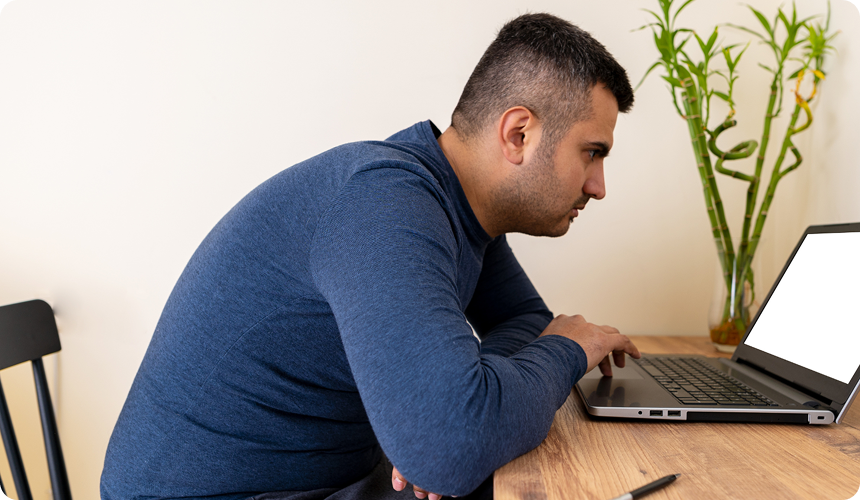

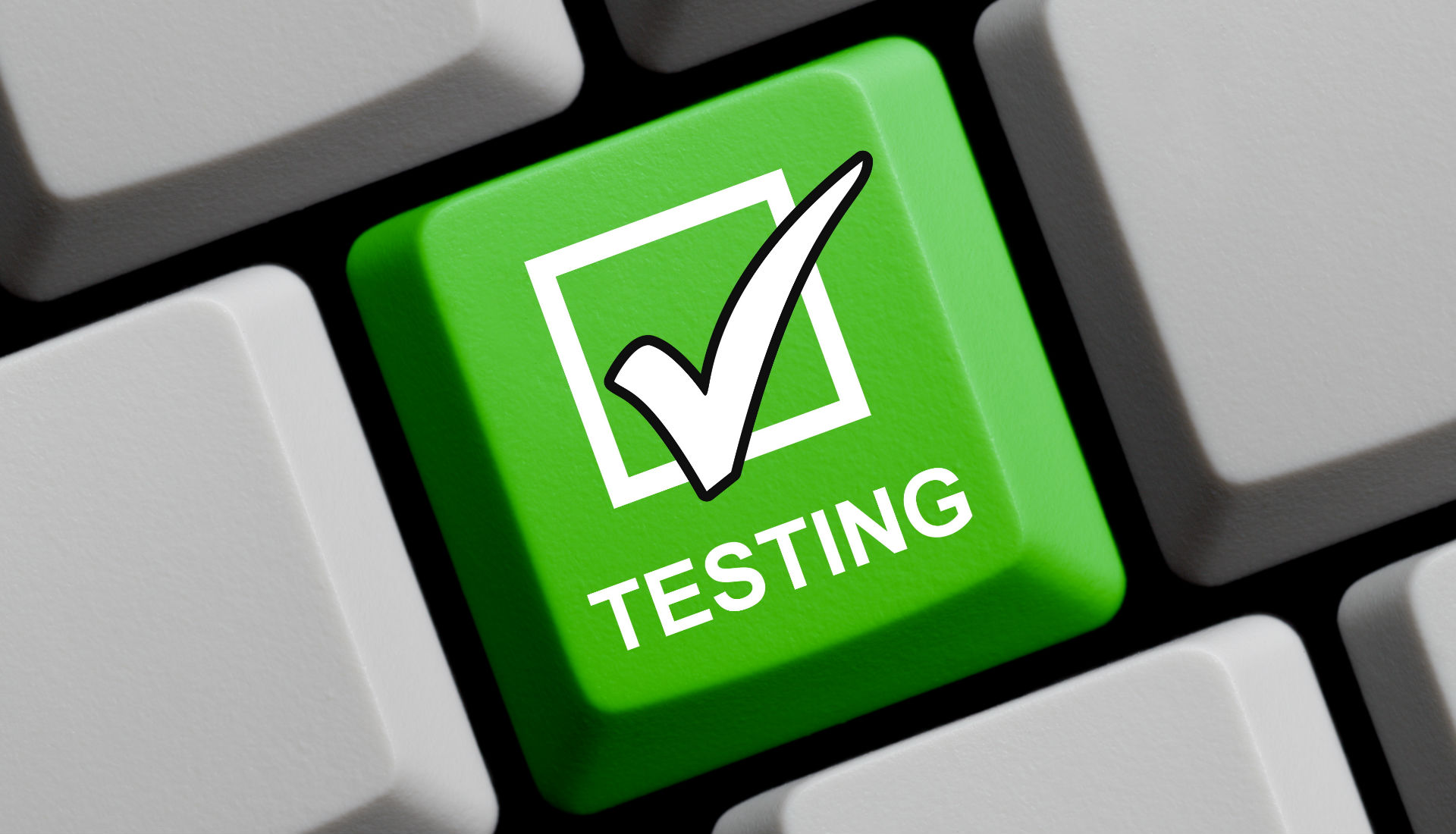
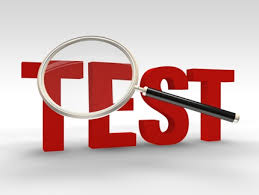
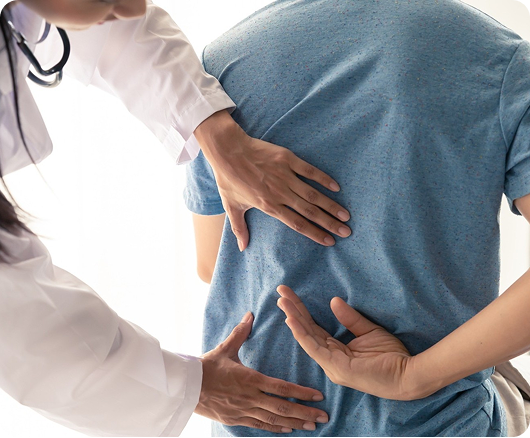
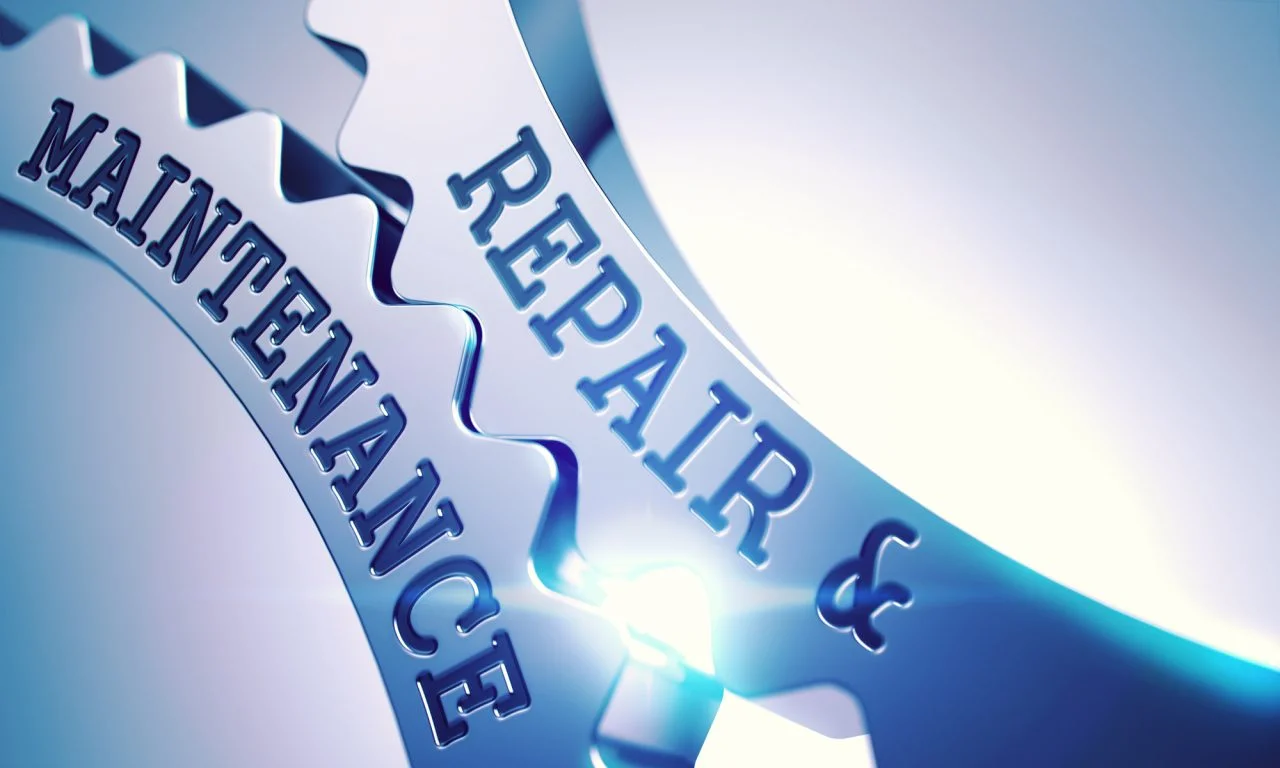

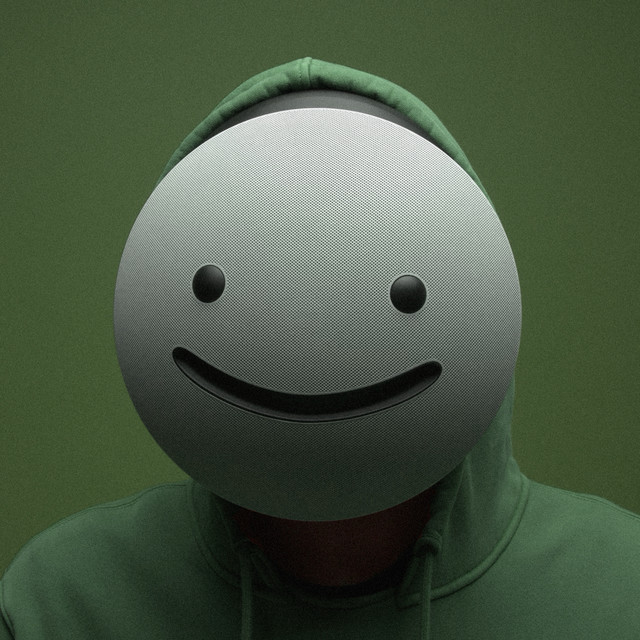
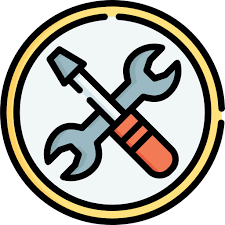

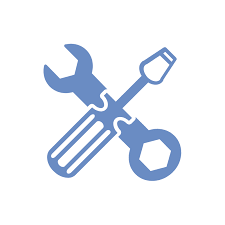



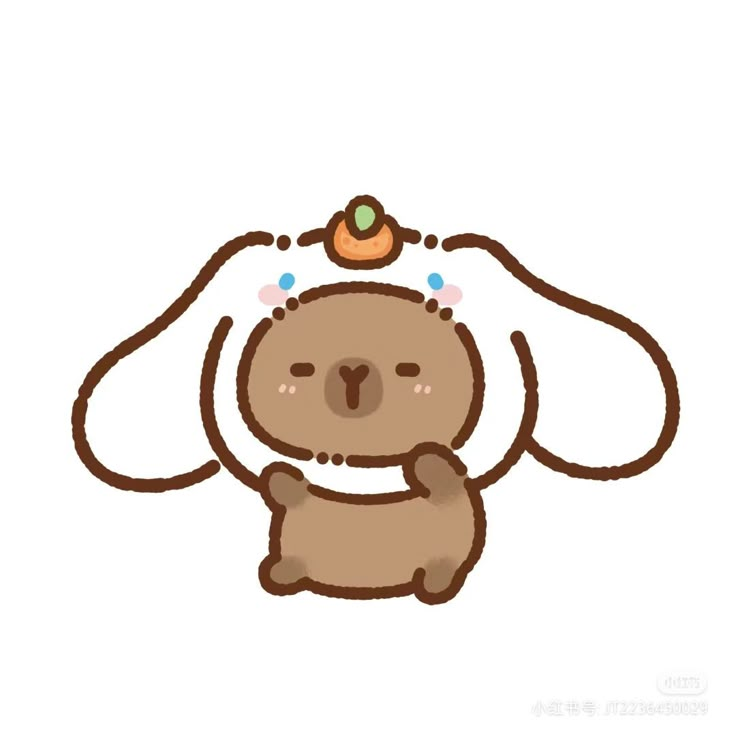
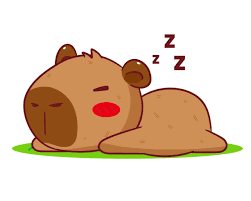
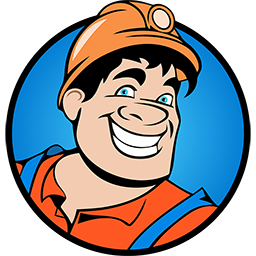
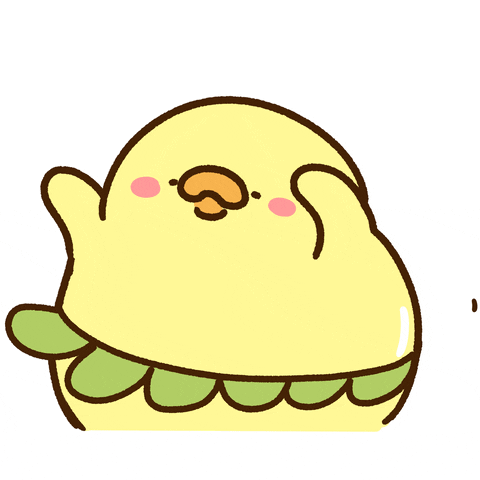


.png)